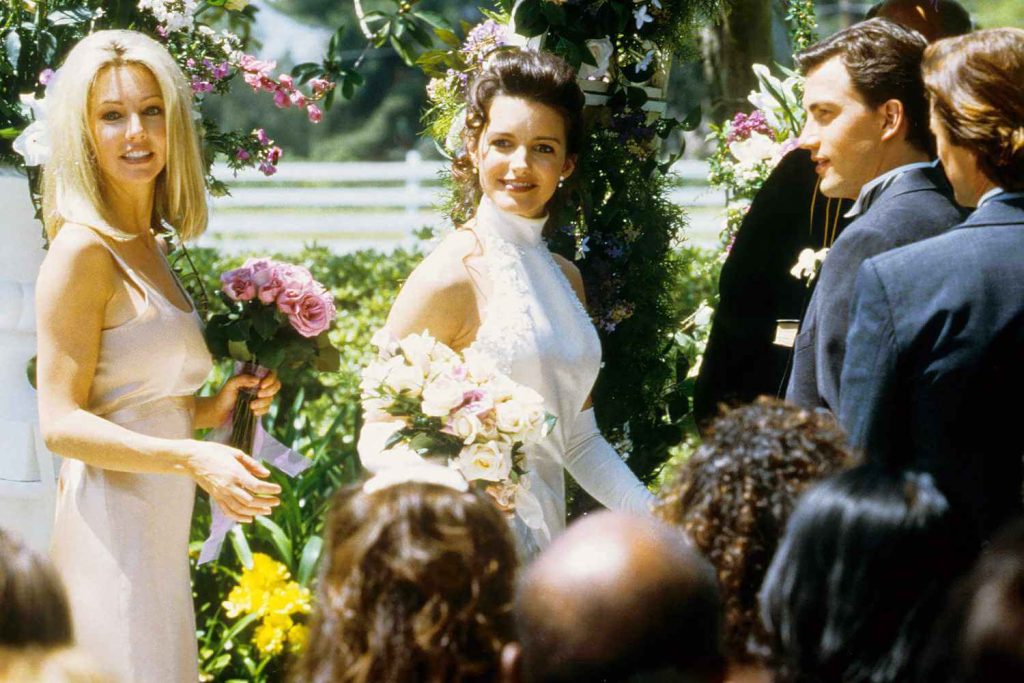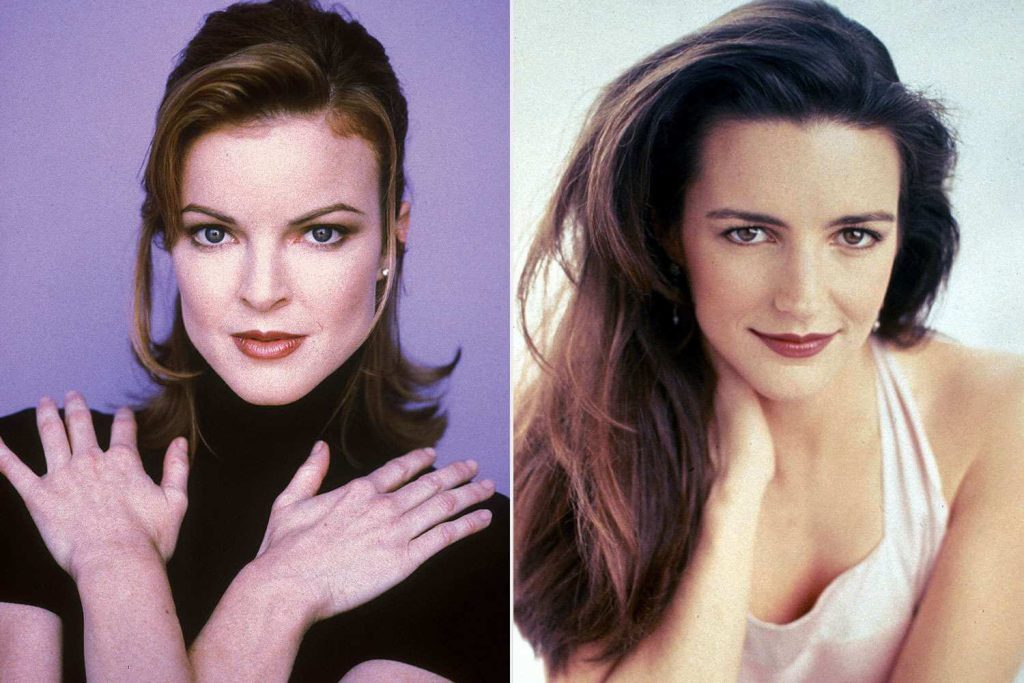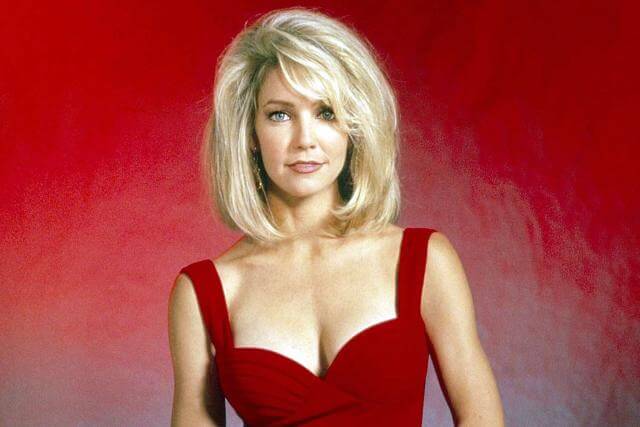World News
Heather Locklear’s Journey with ‘Melrose Place’: From Self-Doubt to Television Icon
Heather Locklear is a name synonymous with 90s television drama, but even she once doubted her place in Hollywood. When she first considered joining Melrose Place, she thought she was too old for the role. However, what started as a short-term guest spot quickly transformed into one of the most iconic roles in television history. Her portrayal of Amanda Woodward changed the trajectory of Melrose Place and cemented her legacy as one of TV’s most memorable stars. In this article, we explore Heather Locklear’s initial hesitation, her transformation into Amanda Woodward, the impact she had on Melrose Place, and her lasting legacy in the entertainment industry.
Heather Locklear’s Initial Hesitation: Feeling “Too Old” for the Role
Before she became one of the most recognizable faces on Melrose Place, Heather Locklear had her doubts. In a candid discussion on the Still the Place podcast with co-stars Daphne Zuniga, Laura Leighton, and Courtney Thorne-Smith, Locklear admitted that she initially felt she wouldn’t fit in with the cast. She was nearly 30 at the time, while many of the show’s original stars were in their early 20s.
“I watched the show because there was so much press on it,” Locklear recalled. “And I thought, ‘I wish I could be on it, but I’m too old.’”
At that point, Melrose Place had already established itself as a promising spin-off of Beverly Hills, 90210, featuring a group of young professionals navigating life in Los Angeles. The cast exuded youthful energy, and Locklear, despite her extensive acting experience, worried she wouldn’t fit into that dynamic.
However, fate had other plans. The show was struggling in the ratings, and producer Aaron Spelling—who had worked with Locklear on Dynasty and T.J. Hooker—believed she could add the spark the series needed. Spelling, who affectionately called Locklear his “lucky penny,” suggested bringing her in for a short guest arc.

Becoming Amanda Woodward: A Role That Changed Everything
Despite her initial doubts, Locklear agreed to appear in a four-episode guest arc as Amanda Woodward, a tough and ambitious advertising executive. But instead of blending into the background, she took control of every scene she was in, capturing audience attention with her sharp wit, confidence, and unapologetic ambition.
Locklear made it clear from the start that she wanted Amanda to be a strong, business-minded character, unlike some of the more lighthearted or quirky roles she had played in the past. “I just said, ‘I wanna be a businesswoman,’” she recalled. “I don’t wanna be Sammy Jo from Dynasty. I don’t wanna be a quirky girl.”
Amanda’s entrance into the Melrose Place universe changed the show overnight. Initially, her character was introduced as the new boss (and love interest) of Billy Campbell (played by Andrew Shue), but her dominant personality and manipulative tactics quickly made her a force to be reckoned with.
Due to the overwhelmingly positive audience response, what was meant to be a four-episode stint turned into a permanent role. Amanda Woodward was here to stay, and Locklear became a full-time cast member by season two.
The Amanda Woodward Effect: How Locklear Saved ‘Melrose Place’
When Melrose Place first premiered in 1992, it was marketed as a serious drama about young professionals trying to navigate their careers and relationships in Los Angeles. However, early ratings were underwhelming, and the show struggled to find its identity. That all changed with the arrival of Amanda Woodward.
Locklear’s presence shifted the tone of the show from a grounded drama to an over-the-top, must-watch soap opera. Her character was ruthless, intelligent, and completely unapologetic. She made power moves in the office, manipulated people to get what she wanted, and had an on-again, off-again romance with Jake Hanson (played by Grant Show), which became one of the show’s most talked-about storylines.
Amanda wasn’t just a villain—she was the villain fans loved to hate.
Her impact on the show was immediate:
- Ratings soared after her arrival.
- Her confrontations and one-liners became legendary.
- Critics praised her performance, and she received four consecutive Golden Globe nominations from 1994 to 1997.
Locklear’s Amanda Woodward was one of the first female TV characters to embrace power and ambition without apology. She wasn’t written as someone who needed redemption or validation—she was simply a force of nature, and audiences couldn’t get enough of her.

A Lasting Legacy: The 2009 Revival and Amanda’s Enduring Influence
Even after Melrose Place ended in 1999, Heather Locklear’s impact on pop culture remained. Over the years, Amanda Woodward has been cited as an influence on countless TV anti-heroines, including:
- Blair Waldorf (Gossip Girl)
- Olivia Pope (Scandal)
- Wilhelmina Slater (Ugly Betty)
- Annalise Keating (How to Get Away with Murder)
Amanda’s sharp-tongued authority, commanding presence, and willingness to do whatever it took to succeed became a blueprint for powerful female TV characters.
In 2009, the CW attempted to revive Melrose Place with a new cast and storyline. Recognizing Amanda’s importance, producers brought Locklear back to reprise her role. Though the revival was short-lived, her return was met with enthusiasm from longtime fans.
Even today, more than three decades after her first appearance on Melrose Place, Locklear’s portrayal of Amanda Woodward remains one of the most celebrated performances in television history.
Conclusion: From Doubt to TV Icon
Heather Locklear’s journey on Melrose Place is a testament to the power of embracing new challenges. Initially, she believed she was too old for the show, but instead, she became its most defining character. Amanda Woodward didn’t just save Melrose Place—she helped reshape primetime drama as a whole.
Her performance was not just about playing an antagonist; it was about crafting a multi-dimensional woman who was powerful, flawed, and compelling. She paved the way for strong, independent female characters on television, leaving behind a legacy that still resonates today.
For fans of Melrose Place, Heather Locklear will always be more than just a star—she’s the queen of the 90s primetime soap opera.
From dragontrendtees


